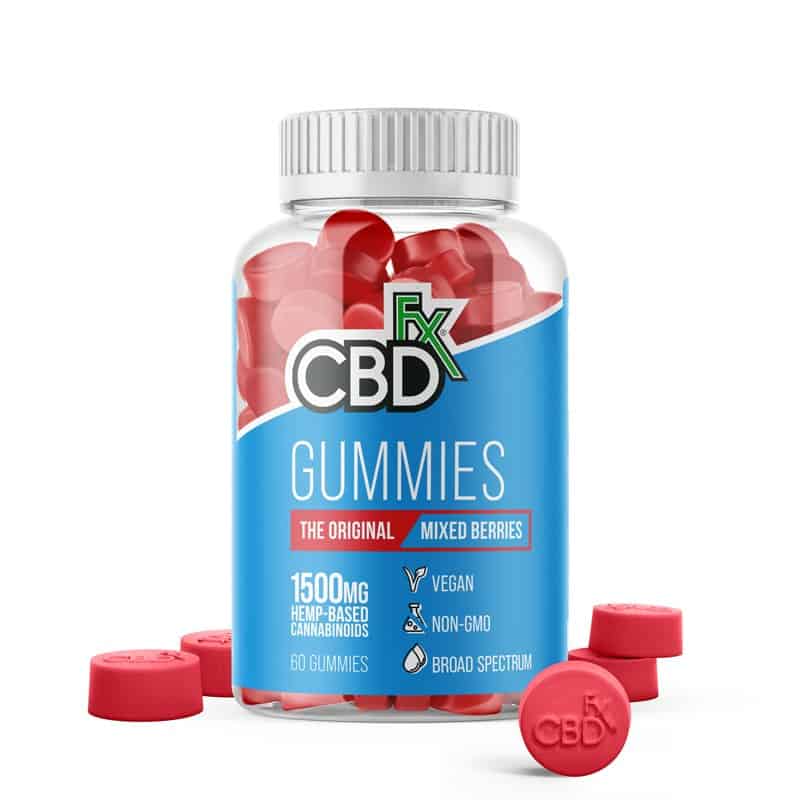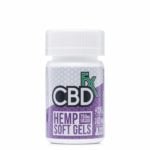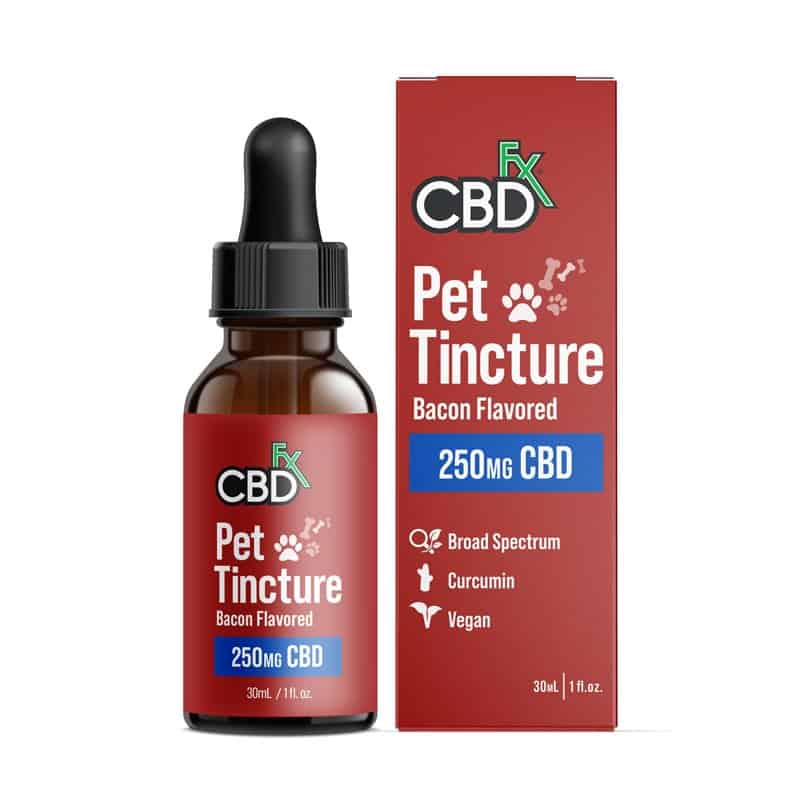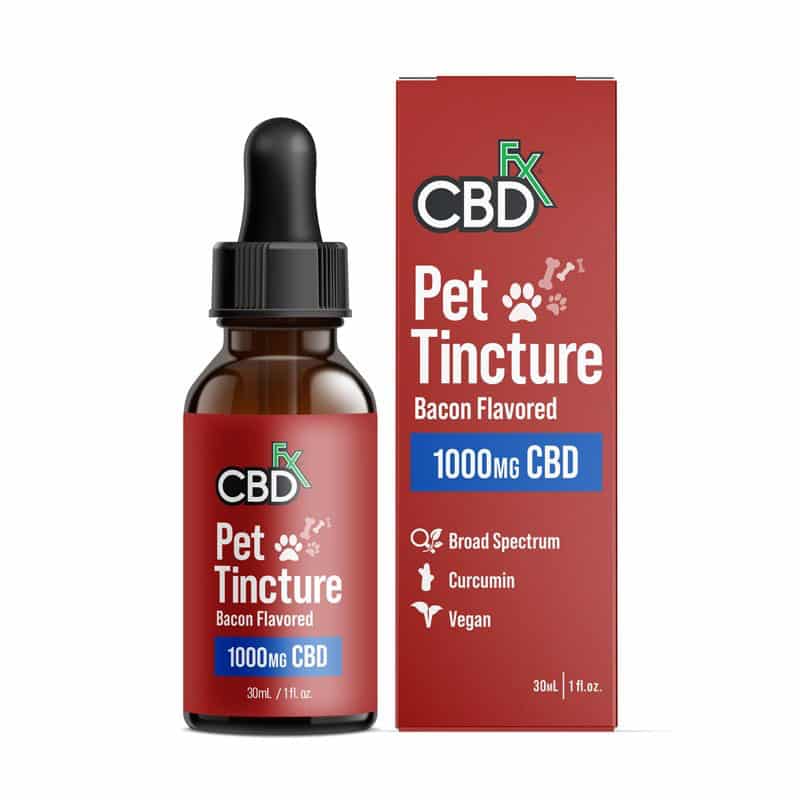
What is Keef Understanding the Basics and Uses
Keef, also spelled kief, is a concentrated form of a substance obtained by separating trichomes from the source material, such as cannabis flower. This byproduct is rich in cannabinoids and other compounds, making it valuable for various purposes. In this article, we will delve into the world of keef, exploring its properties, extraction process, and the diverse range of uses and applications it has across different cultures and industries.
This post is intended as information and for general knowledge only. It is not a substitute for medical advice, diagnosis, or treatment. It is recommended that you talk to a healthcare professional about this before introducing cannabinoids into your daily routine (especially if you have been diagnosed with any medical conditions or are under any medication). It is not recommended to drive or operate any machinery when using cannabis- or hemp-derived products. Use responsibly!
What is Keef
Origin and Background
Keef has a rich historical use in ancient civilizations and traditional cultures. Its significance and cultural importance can be traced back to its role in spiritual and ritualistic practices. The term “kief” has evolved over time and is now commonly associated with cannabis-derived trichomes.
Definition
Trichomes are tiny glandular structures found on the surface of the cannabis plant. They secrete cannabinoids and other compounds, which accumulate to form keef. Keef is a natural byproduct that accumulates during the handling or grinding of cannabis buds.
Extraction Process
Traditional methods of extracting keef involve using silk screens, mesh, or sieves to separate the trichomes from the plant material. In modern times, specialized grinders or extraction machines have streamlined the keef extraction process, making it more efficient and precise.
Properties and Composition of Keef
Chemical Composition
Keef derived from cannabis contains high concentrations of cannabinoids, including THC and CBD. Additionally, it contains terpenes and flavonoids, which contribute to its aroma, flavor, and potential therapeutic effects.
Appearance and Texture
Keef comes in various colors, ranging from light green to golden-brown, with transparency often indicating purity and quality. The texture of keef is typically powdery or sandy, affecting its handling and consumption.
Uses and Applications of Keef
Culinary Uses
Keef is used as a seasoning or flavor enhancer in various cuisines, particularly in dishes like Middle Eastern desserts and Moroccan tagines. It is also incorporated into edibles and infusions, making it easier for users to consume.
Medicinal Uses
The high cannabinoid content in keef may offer pain-relieving properties, potentially aiding in managing chronic pain conditions. Its anti-inflammatory potential is also of interest for treating inflammatory diseases.
Recreational Use
Keef is commonly consumed for recreational purposes. Users can sprinkle it on top of a bowl or joint, or use it in vaporizers for a more potent and intense experience compared to regular cannabis consumption.
Spiritual and Ritualistic Uses
In certain cultures, keef holds spiritual significance and is used in ritualistic practices, either for ceremonial purposes or as an offering.
Keef in Cannabis Culture
Role in Cannabis Consumption
Keef allows cannabis users to create their concentrates without the need for advanced equipment. It can be used in combination with other cannabis products to enhance the overall experience.
THC Concentration and Effects
The THC concentration in keef can vary based on the source material and the extraction process used, leading to different potency levels and user experiences.
Differences from Other Cannabis Products
Keef differs from hashish, another cannabis concentrate, in terms of extraction methods, potency, and usage. It also provides a more concentrated form of cannabinoids compared to regular cannabis flower.
Legality and Regulation
Legal Status
The legal status of keef varies worldwide due to differing cannabis laws in different regions or countries. In some places, it may be legal for medical or recreational purposes, while in others, it remains prohibited.
Regulatory Concerns
Ensuring quality control measures is crucial in regulated markets to ensure the safety and purity of keef products. Consumers should also make informed choices and use keef responsibly.
How to Store and Preserve Keef
Storage Tips
To preserve its potency and prevent degradation, keef should be stored in airtight containers, away from light and heat.
Factors Affecting Shelf Life
Humidity, moisture, temperature, and light exposure can all impact keef’s quality and shelf life, necessitating proper storage to maintain its potency.
Conclusion
Keef, a concentrated form of cannabis trichomes, has a long and storied history. Its applications range from culinary uses and medicinal purposes to recreational consumption and spiritual significance. As cannabis laws evolve, the regulatory landscape surrounding keef continues to change. Nonetheless, understanding how to properly extract, store, and use keef is essential for cannabis consumers. As we delve further into the potential of keef, the possibilities for cannabis products and concentrates may continue to expand, providing exciting opportunities for both industry professionals and enthusiasts alike.
Also Interesting:
















